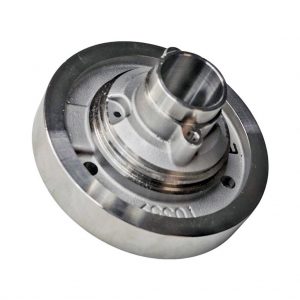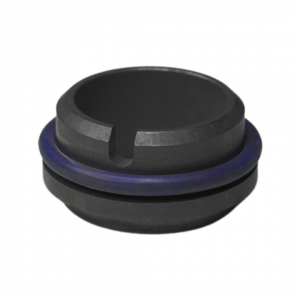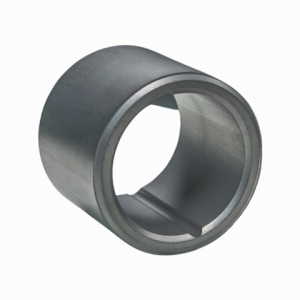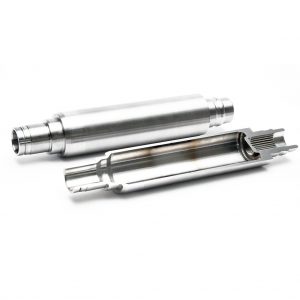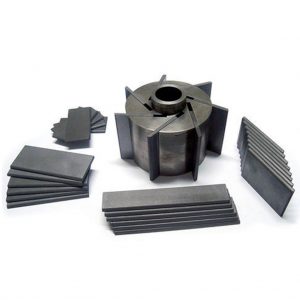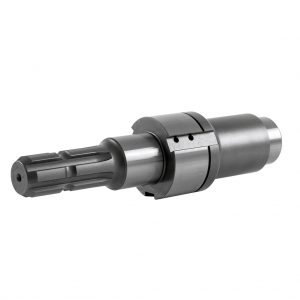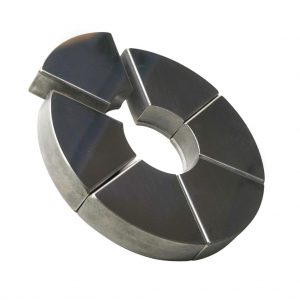A pump is a device that moves fluids (liquids or gases), or sometimes slurries, by mechanical action, typically converted from electrical energy into hydraulic energy. Pumps can be classified into three major groups according to the method they use to move the fluid: direct lift, displacement, and gravity pumps.
Pumps operate by some mechanism (typically reciprocating or rotary), and consume energy to perform mechanical work moving the fluid. Pumps operate via many energy sources, including manual operation, electricity, engines, or wind power, and come in many sizes, from microscopic for use in medical applications, to large industrial pumps.
Mechanical pumps serve in a wide range of applications such as pumping water from wells, aquarium filtering, pond filtering and aeration, in the car industry for water-cooling and fuel injection, in the energy industry for pumping oil and natural gas or for operating cooling towers and other components of heating, ventilation and air conditioning systems. In the medical industry, pumps are used for biochemical processes in developing and manufacturing medicine, and as artificial replacements for body parts, in particular the artificial heart and penile prosthesis.
When a casing contains only one revolving impeller, it is called a single-stage pump. When a casing contains two or more revolving impellers, it is called a double- or multi-stage pump.
Components
Mechanical Seals
Mechanical Components
Shaft
Metal Components for pump
Pump Accessories
Rotor Vanes
Rotor Shaft
Thrust Bearings
Material/Type
High-engineered Plastic
Stainless Steel Ceramic Coated
Silicon Carbide
Stainless Steel
Bronze
Tungsten Carbide
Cast Iron
Duplex/Super Duplex
Carbon-Graphite metal-impregnated
Ceramic (Al2O3)
Silicon Carbide
Plastic Bonded


